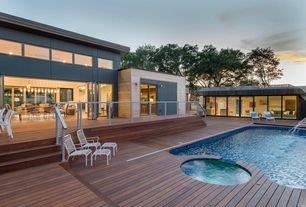
Building a Rooftop Deck?
Get inspired with the Rooftop Deck Ideas Portfolio, featuring some pretty spectacular rooftop deck project photos and information.
Related Posts
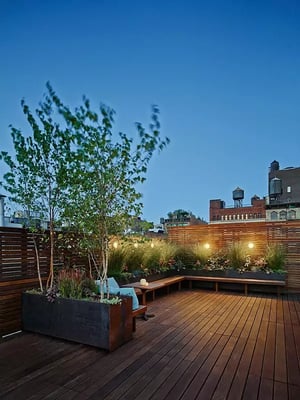
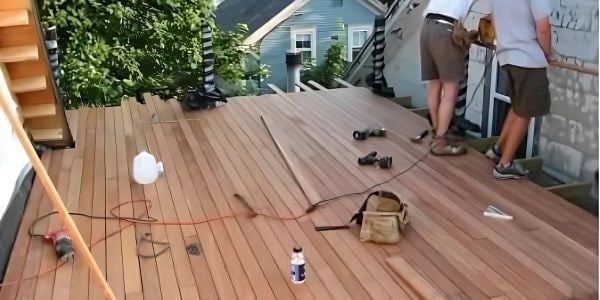

Low clearance decks (decks closer than 30” to the ground) have some unique challenges. Moisture is the most damaging natural enemy of wood decking. Removing moisture effectively is the best way to improve performance and extend the lifetime of wood decking boards. The closer you build a deck to the ground, the more important it is to have a plan to manage moisture.
Avoid decking problems. Here's how.
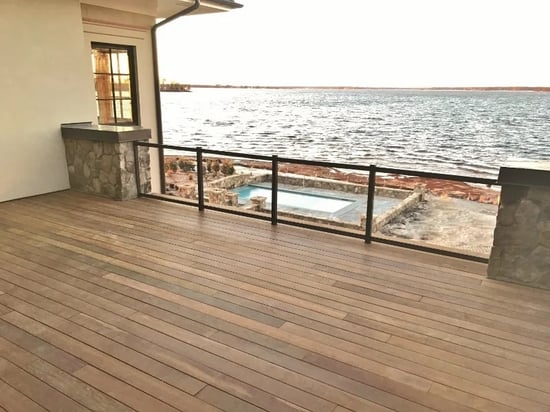
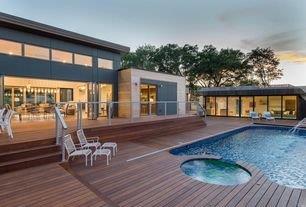
Applies to All Decks:
Simply put, get rid of unwanted moisture and manage it. How?
Make sure there is adequate drainage under the deck and it pitches away from the deck area
Having adequate ventilation under the deck is critical to remove moisture. Full ventilation on three sides works best.
Inadequate ventilation is the number one reason for decking boards to "cup".
If there is not adequate ventilation under the deck, the only way moisture can escape is between the deck boards
FULLY acclimate the boards on site – before installation. This is highly effective and will help the wood adapt to its new environment. please don't skip this step.
.webp?width=550&height=367&name=Machiche_hardwood_deck_with_panoramic_view-1%20(1).webp)
Need some help selecting the right decking for your project?
Download the "Ultimate Guide to Selecting the Right Decking" today.
This is the harshest environmental condition you can subject a deck board to. however, if you take the necessary steps, you can help manage and minimize the damaging effects of moisture on deck boards.
Use narrower and thicker decking boards. 5/4 x 4 nominal decking is ideal, 21 mm x 4 is the next best option
Face screwing the deck boards is the strongest fastening method and will help minimize cupping.
Hidden fasteners are not recommended for low clearance, low ventilation decks
On rooftop and patio top decks, the Eurotec Deck System does not impede the flow of water for under-deck drainage. This system works great for decks with heights between 4” and 20” from the top of the roof to the top of the decking
For decks with less than 4” clearance (top of roof to top of decking boards), sleepers are often specified.
Article on installing decking with sleepers here. The joists must run parallel to the direction of water flow, towards the drains.
Adequate drainage is imperative.
Adequate ventilation is critical.
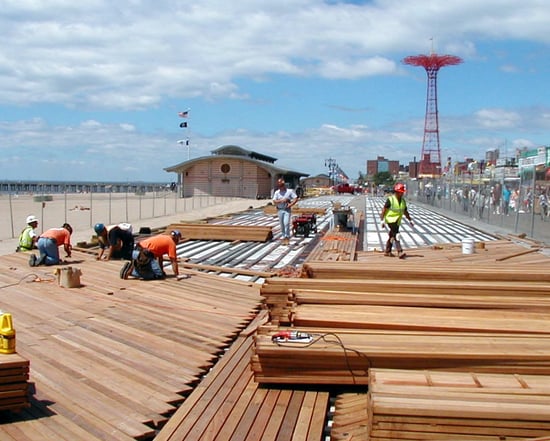
The only space the deck will be venting is between the deck boards
That’s one reason why narrower, thicker deck boards will perform better (5/4 x 4 or 21mm x 4 nominal decking)
Another reason is narrower deck boards expand and contract less
Thicker deck boards perform better and are less prone to cupping
Face screws will help minimize deck board movement, especially cupping.
Spacing the deck boards (after acclimation) to 3/16”, will allow for best ventilation.
Pre-finishing the deck boards, on all 4 sides, prior to installation, helps protect the deck boards, especially initially, even if your goal is to allow the boards to turn silvery gray.
We hope you enjoyed this article. Please visit MataverdeDecking.com for additional information about wood decking species, decking galleries, decking samples, decking installation guidelines, “How Woods Weather Guidebook” and more.
Looking for some deck design inspiration?
Download the Deck Design Ideas Book, featuring over 150 deck design ideas, including a special section on low-clearance deck ideas.
Building a Rooftop Deck?
Get inspired with the Rooftop Deck Ideas Portfolio, featuring some pretty spectacular rooftop deck project photos and information.


